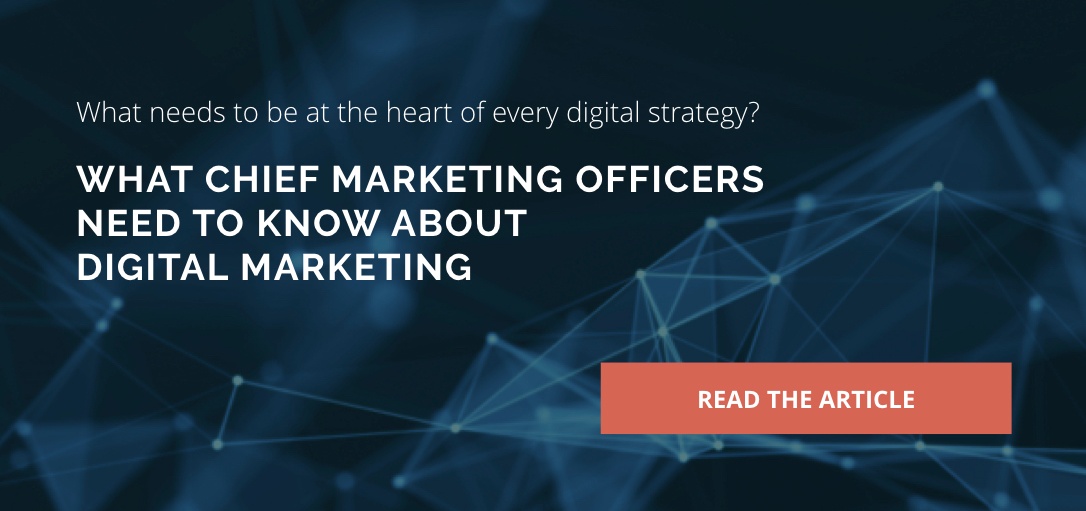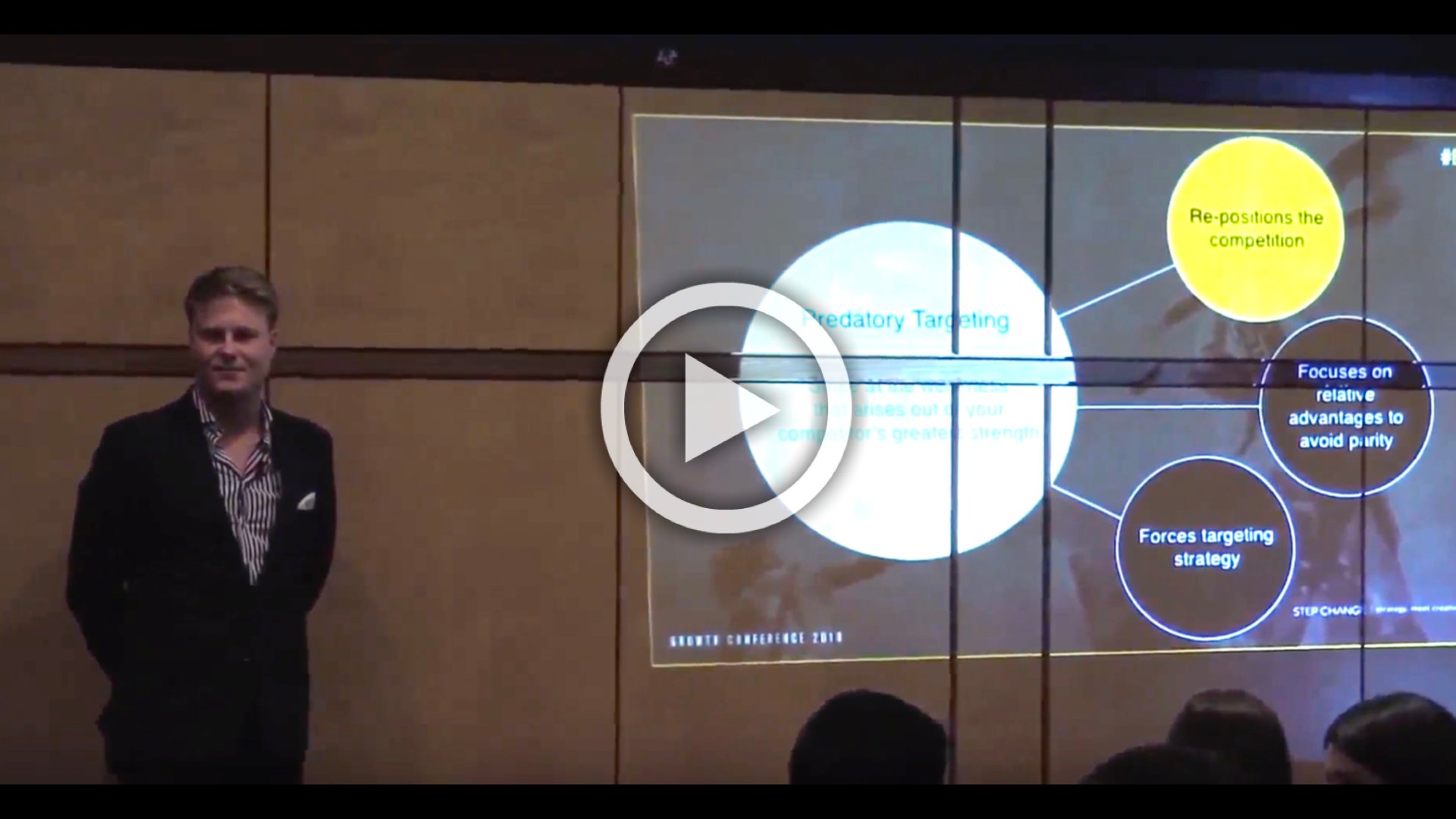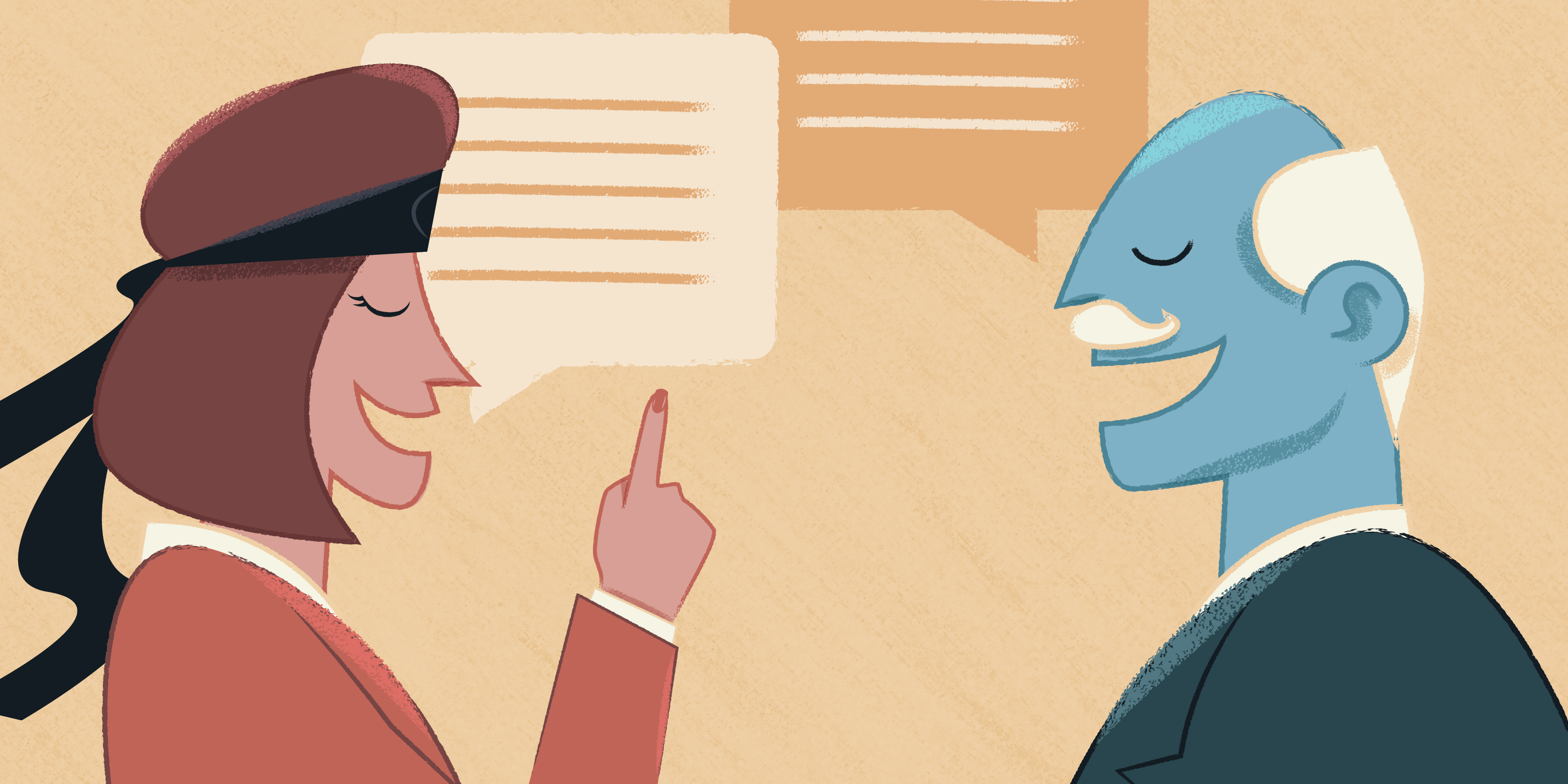Personalised customer experience is no longer a rarity that’s saved for the top companies; instead, it’s the new digital imperative for businesses of all industries and sizes. B2B buyers now expect to experience a one-to-one experience at some point during their purchasing journey. However, delivering on this expectation is an entirely different challenge that has left many businesses struggling to connect.
Insight: The success of a business will depend on the personalisation abilities of its marketing and sales departments.
Data: An impressive 65% of business buyers have clearly stated that they will switch brands if a business doesn’t use personalised communications.
Key Action Point: Businesses need to understand how to implement proven personalisation tactics throughout their entire organisation.
What Is B2B Personalisation?
Personalisation is a sales and marketing tactic that allows you to deliver one-to-one experiences that customers expect from them.
It can be as simple as adding an individual’s name to the email subject line; however, the real depth of personalisation best practices will result in highly targeted campaigns that use a person’s buying preferences, web activity, demographics, and other key data points to deliver enhanced personalised customer experience.
In short, B2B personalisation enables you to create more targeted and useful content that your customers and prospects want to consume.
To effectively market to today’s digitally driven consumers, you must deliver a personalised experience from day 1. The following benefits can best summarise the importance of personalisation.
- Marketing in real time. Businesses need to use the power of AI and real-time data to effectively deliver the heightened level of personalisation that customers expect at every stage of the buyer’s journey. By learning how to respond to real-time conversations, you will be better positioned to meet the ever-changing and evolving needs of your customers and prospects.
- Increase in revenue. Campaigns that are personalised to customers are significantly more effective than generic marketing campaigns. In fact, in the world of retail, personalisation campaigns effectively boosted sales by 15% to 20%.
- Deliver context-driven experiences. A customer’s experience with a business is derived from a combination of holistic activities. If you want to enjoy the benefits of personalisation, you need to adopt a 360-degree view of each customer. Through the latter approach, you can not only personalise every customer interaction, but you can do so with context-driven experiences. Do away with irrelevant campaigns, and instead create omnichannel customer engagement campaigns that will result in the retention of 89% of customers on average.
- Increase brand loyalty and trust. A recently published Accenture study stated that 81% of customers felt more loyal to brands that were there when they were needed. In other words, personalisation is also about respecting boundaries and a customer’s time. Know when to communicate, and most importantly, know when to leave customers alone as you deliver a heightened level of B2B personalisation that results in stronger relationships.
- Reduce costs. One of the top benefits of personalisation is that it has a significant impact on marketing ROI. In fact, when properly executed, personalisation can reduce acquisition costs by an estimated 50%, increase revenues by 15%, and increase the efficiency of marketing spend between 10% to 30%.
Personalisation matters because it can help you to more successfully market to your customers in real time, increase revenue, deliver context-driven experiences, establish brand loyalty and trust, and reduce marketing costs.
Through personalisation, you can build better, more effective campaigns that provide customers what they want.
Do B2B Customers Want Personalised Marketing and Sales?
B2B customers want personalised marketing and sales experiences. In fact, according to Salesforce’s State of the Connected Customer study of more than 7,000 consumers and businesses, B2B marketers will no longer be able to suggest that B2C marketing trends don’t apply to them.
In this vein, B2B customers not only want personalised marketing and sales experiences — they expect them. Here are three statistics that prove this point.
- A personalised web experience can increase sales by 19% (MarTechAdvisor, 2018)
- 73% of B2B buyers say they want a personalised, B2C-like customer experience. (Accenture, 2017)
- 74% of online visitors get frustrated when websites show content (e.g. offers, ads, promotions) that has nothing to do with their interests (HubSpot)
How Can Personalisation Improve Customer Experience?
Personalisation can drastically improve the customer experience by providing value to B2B buyers. B2B personalisation is key to tailoring content and experiences to customers and their companies.
A personalisation survey by Evergage reveals that 98% of the marketers believe that personalisation has an impact on advancing customer relationships.
B2B buyers find that personalisation directly (and positively) influences their decisions. By delivering the one-to-one experience that B2B buyers want, businesses can more effectively show that they understand the specific needs of each customer.
You can then use that knowledge to anticipate the future needs of your customers. All in all, personalisation delivers the high-quality, customised experience that customers not only crave but have come to expect from businesses of all sizes.
Personalisation: The Future of B2B Marketing
It’s no secret that personalisation is the future of B2B marketing. However, as with any new or emerging trend, it is often a good idea to turn to a few of the top companies for inspiration and best practice approaches.
Adobe
Adobe is at the forefront of personalisation efforts within B2B marketing. In fact, Adobe Target, Adobe Analytics, and Adobe Audience Manager are specifically designed to help you, “give your customers what they want — a personalised experience every time.“
When B2B marketers want to create experiences that keep customers coming back time and again, they turn to Adobe’s award-winning personalisation engine that leverages the power of AI.
Netflix
Netflix might have written the handbook on personalisation best tactics. In fact, the service runs more than 250 A/B tests per year, knows when you hit pause or play, notes when you stop watching, and records when you add something to your Watchlist to deliver a personalised customer experience that is like no other.
Netflix delivers a personalised experience to every single customer each and every time that they log into the streaming service. From the TV and film recommendations to the design of the site, to the selected images, Netflix offers the epitome of personalisation best practices.
Netflix continues to create value in the marketplace because it engages people and offers great experience. This is something that businesses in the B2B space can learn. Great technology alone won’t make for a differentiated advantage.
Salesforce
In the words of Salesforce Marketing Cloud Vice President of Predictive and Web Products, Eric Tobias, “Imagine a world where every advertisement displayed, email sent, store entered, mobile offer viewed, and website visited was personalised just for you. This might seem like an unreachable goal, but this is the future of the customer experience, and it’s what customers are already starting to expect.“
Through its own technology solutions, Salesforce continues to push the boundaries on personalisation so that the words of Eric Tobias will soon be true for every company that uses its services.
B2B Personalisation Best Practices: Going Beyond “Hi, <INSERT FIRST NAME>“
B2B personalisation might have started with, “Hi, <INSERT FIRST NAME>,“ but it has rapidly evolved. Fortunately, the following three best practices will help you to jumpstart your own personalisation efforts.
1. Gather and Analyse Data
There is nothing short about a B2B sales cycle, which is good because it gives you the time you need to gather and analyse data. As part of your personalisation efforts you will need to —
- Remember user-related information
- Understand the behaviour of your prospects
- Deliver customised content to each prospect
- Offer automated (and relevant) recommendations to prospects
However, to achieve the latter steps, you need to use a business intelligence tool, such as Google Analytics.
2. B2B Customer Segmentation
Every industry will have different peculiarities that will dictate segmentation best practices. But as a general rule of thumb, you can choose from the following
- Segmentation based on firmographics - this is used to target other businesses that can become potential clients
- Segmentation based on tiering - this approach allows you to group customers based on how well they align with your business goals
- Segmentation based on needs - this approach segments your customers based on what they’re looking for in a product
3. Provide Multiple Touchpoints
Did you know that only 30% of businesses are satisfied with their B2B personalisation efforts? To prevent this from happening with yours, you can instead choose to develop an omnichannel marketing approach that uses multiple personalised touchpoints.
Give your marketing and sales teams the opportunity to create customised content that brings value to your prospects, increases the opportunity for upselling or cross-selling, and inevitably increases the number of repeat customers.
Where We Must Not Cross the Line
There is such a thing as too personalised. Too much personalisation occurs when businesses accidentally make the following mistakes:
- Aggressive personalisation. There is a paper-thin line between engaging with customers and annoying them or frightening them by passing from persistent to downright annoying or intrusive.
- Insensitive personalisation. Never cross the line when it comes to using sensitive personal information. Remember this: “Just because you can, doesn’t mean you should.“ Err on the side of caution when it comes to personalisation that uses sensitive customer information.
- Unauthorised personalisation. While customer data is critical to personalisation efforts, it doesn’t mean that you should use information that the customer didn’t willingly give your business.
- Inaccurate personalisation. Personalisation relies on data. However, if your database is filled with either incorrect or outdated data, then your personalisation efforts will be in vain.
At the end of the day, a successful business is one that uses personalisation to mislead people into “trusting” your business. True B2B personalisation is all about taking that extra step in order to understand what your customers need and knowing their barriers and their pain points in order to provide value and help them.















